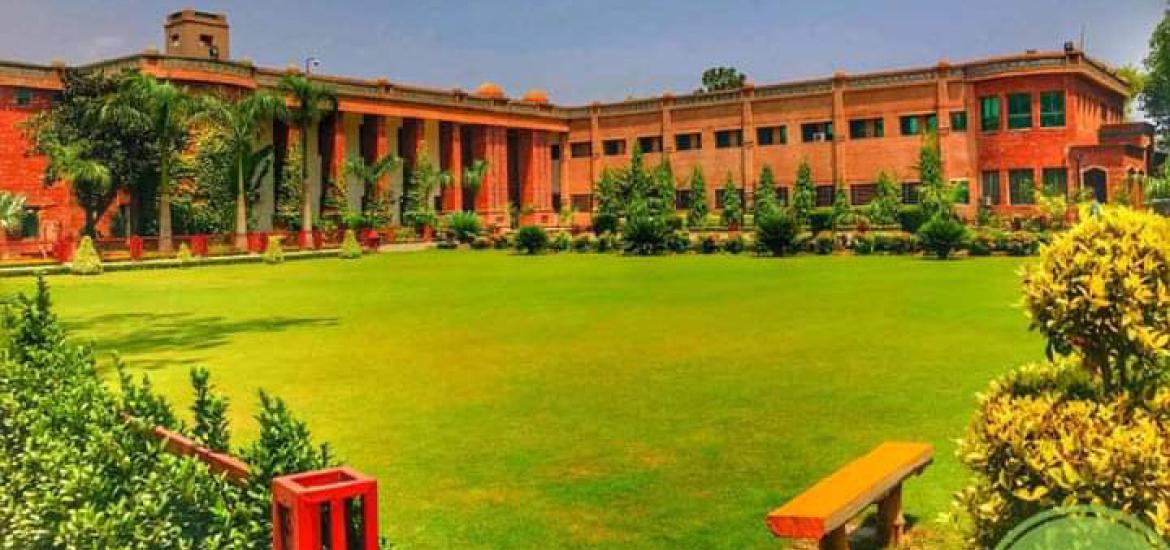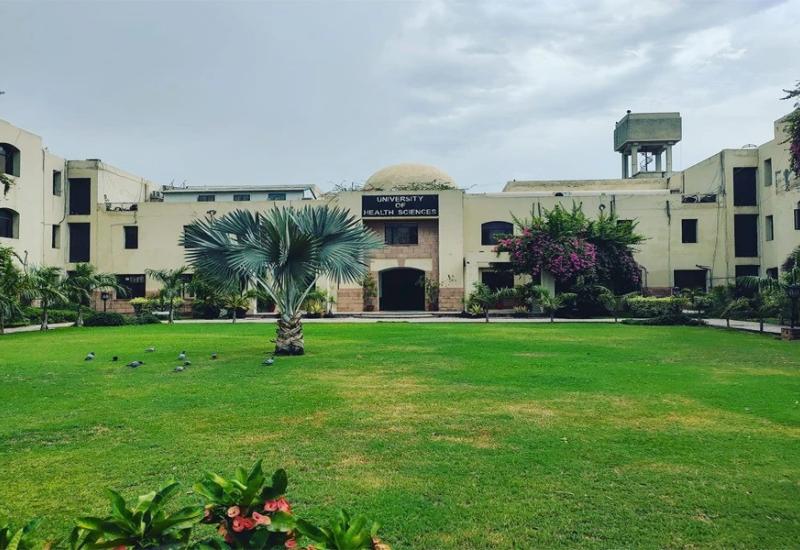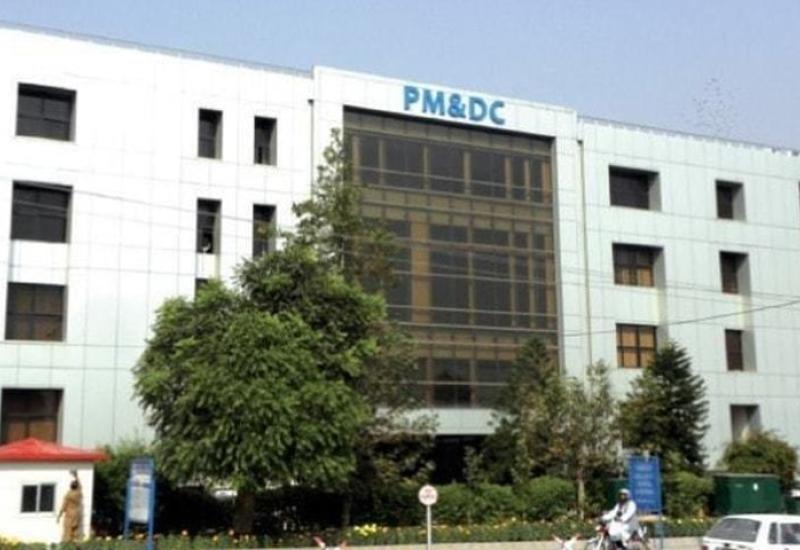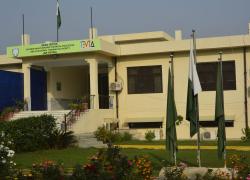How the upgradation of KMC and AMC to the university status will negatively impact KMU?
Khyber Medical College (KMC) in Peshawar, and Ayub Medical College Abbottabad (AMC), Pakistan, have set their sights on attaining university’s stature. This ambitious goal stems from a desire to expand its academic offerings, enhance research capabilities and contribute more significantly to the healthcare landscape of Khyber Pakhtunkhwa. However, KMC’s and AMC’s transformation also raises concerns about potential negative impacts on the existing Khyber Medical University (KMU).
This might lead to increased competition for resources, including funding, faculty, and infrastructure. This competition could strain KMU’s financial capacity as it may need to invest more to maintain its position and attract and retain top talent.
In this blog post we will discuss how the proposed scheme of upgradation of KMC and AMC to the university status will negatively impact KMU financially, academically, administratively and research wise. These broader areas are inherently inclusive, overlapping and intersecting and need to be understood holistically:
Financial implications:
The upgradation of KMC and AMC to university status has the potential to negatively impact KMU financially in several ways:
- Reduced funding allocation: The government funding for higher education and particularly medical education is often limited and the addition of two new medical universities might lead to a smaller share for KMU. This could result in budget cuts, impacting infrastructure development projects, faculty salaries, research funding, and overall operational efficiency of KMU in view of the fact that medical education is getting costly. It is worth noting that the proposed scheme of up-gradation is not akin to a private business which has nothing to do with public purse but establishment of new public sector nonprofit entities with totally different dynamics that will be requiring pecuniary resources from public exchequer incessantly for its uninterrupted operational business. It is the prime of source of concern needs to be understood in the backdrop of mushroom growth of technical and professional universities in the province.
- Increased competition for resources: KMC and AMC, as universities, might compete with KMU for resources like talented faculty, developmental projects, research grants and student enrollment potentially weakening all the three institutions and hindering the overall development of medical education in Khyber Pakhtunkhwa. This competition could drive up costs for KMU and make it harder to attract and retain top talent, further affecting its financial stability. Even the territorial jurisdiction of KMU is believed to be divided among all the three universities. This means that the number of affiliated institutes and students in the province now under the academic control of KMU shall be divided among all the three competing bodies which shall ultimately slash students’ retention fee putting in danger the survival of KMU in the face of reduced funding from federal government and minuscule support from provincial government.
- Loss of student revenue: If KMC and AMC offer academic programs with competitive fee structures, they might attract students who would otherwise have enrolled in KMU. This decline in student enrollment could lead to a significant decrease in revenue for KMU, impacting its financial sustainability. KMU may need to invest more in scholarships, faculty salaries, and academic resources to retain and attract high-caliber faculty and students impinging on its financial health which any public sector university cannot afford in the current scenario where they are unable to find resources for the very basic liabilities such as salary and pension of the employees.
- Loss of economies of scale: KMU currently benefits from economies of scale due to its larger size and multiple satellite campuses all over the province. With the creation of two new universities, these economies might be lost, increasing costs per student and making it harder for KMU to remain financially competitive. Offering similar programs and services across three public sector universities can lead to inefficiencies and wasted resources. This duplication could further limit KMU’s budget and hinder its ability to invest in unique educational and research initiatives.
- Operational costs: As the proposed institutions expand and take on university-level functions, such as offering a wider range of programs and services, it could increase operational costs across the higher education and healthcare sectors. This could indirectly impact KMU’s financial health, especially if it leads to increased pressure on government budgets and funding allocations. KMU may need to allocate additional funds to maintain its competitiveness and support its existing programs and services amidst the increased competition. If KMC and AMC succeed in attracting more resources they might easily overshadow KMU in terms of reputation and appeal. This could make it harder for KMU to attract students and faculty further exacerbating its financial challenges which is a big loss to well-functioning public sector entity.
Academic implications:
The upgradation of KMC and AMC to university status could negatively impact KMU academically in a number of ways:
- Impact on KMU’s existing focus: KMU currently excels in specific areas like public health, health research, professionals education and allied health sciences. In basic medical sciences, KMU is the market leader. If KMC and AMC broadens their academic scope upon attaining university status, there is a risk of diluting its primary focus on undergraduate level medical education, potentially affecting the quality of medical training provided. KMC’s and AMC’s expansion into these areas could dilute KMU’s focus on post- graduate level education and expertise.
- Overlap in academic programs: KMU is currently offering a variety of market based programs such as PhD, MS/MPhil, MD, MBBS, BDS, DPT, BS in allied health sciences, diploma and certificate level courses in various specialties. With its comprehensive selection of programs and diverse array of disciplines, KMU caters to a wide range of aspirations within the healthcare field. If KMC and AMC introduce programs that overlap with those offered by KMU, it may lead to redundancy and confusion among prospective students and the academic community.
- Competition for top students and faculty: With three universities eying for the same pool of talented students and faculty, KMU might face increased competition, making it harder to attract the best minds from the market. This could dilute the quality of education at KMU and hinder its academic excellence.
- Fragmentation of curriculum and programs: A divided medical education landscape with three independent universities in the public sector with divergent standards and criterion could lead to fragmented curriculum and program offerings. This might limit course variety, specialization opportunities, and the potential for interdisciplinary collaborations among students. This could hinder academic collaboration and knowledge sharing. This could limit specialization and expertise within the region.
- Challenges in maintaining quality and standards: With three universities competing for limited resources and students, maintaining consistent quality and academic standards across all institutions could become a challenge. This could raise concerns about the overall level of medical education in the region. If KMC and AMC offer specialized programs or cater to specific demographics, KMU might attract a less diverse student body, limiting its unique learning environment and experience. This could potentially impact the quality of peer-to-peer learning and knowledge exchange.
Administrative implications:
The upgradation of KMC and AMC to university status could lead to several administrative challenges for KMU:
- Competition for resources: As both KMC and KMU are located in close proximity catering to the same students’ body with similar purpose and similar vision, there could be stiff competition for resources, faculty, and research opportunities. This could potentially strain KMU’s financial resources, as it may have to compete with the newly upgraded institutions for government funding, research grants, and other resources. Moreover, KMC and AMC will contest KMU for administrative resources like personnel, HR professionals and IT infrastructure. This could stress the KMU’s administrative capacity and limit its ability to effectively manage its operations.
- Challenges in coordination and collaboration: Effective coordination and collaboration among the three independent public universities may be challenging as a war of words and legal complications have already been started to emerge among them. This could lead to communication gaps, inconsistencies in policies and procedures and difficulties in joint initiatives or resource sharing. In addition, the presence of three separate institutions with different standards may lead to a fragmentation of expertise and resources, potentially hindering collaboration and coordinated efforts in addressing regional healthcare challenges and at the end of the day the students shall suffer.
- Impact on decision-making and governance: The addition of two new universities might dilute KMU’s representation in policy-making bodies and governance structures related to medical and allied health education. This could limit its influence on decision-making and potentially impact its ability to advocate for its own interests. The establishment of two new medical university in the region shall affect KMU’s established reputation and eminence as a market leader.
- Challenges in maintaining minimum standards: Ensuring consistent quality standards for administrative processes across three independent universities can be difficult. This could raise concerns about transparency, accountability, and the overall quality of administrative services provided to students, faculty, and staff.
- Infrastructure development: The upgradation of KMC and AMC may also lead to increased demand for infrastructure and development projects, including the need for new facilities, equipment, and infrastructure upgrades in the face of severe financial crunch. This could potentially burden KMU’s resources if additional investment is necessary to maintain its competitiveness and attractiveness as an educational and healthcare institution.
Implications in terms of research and innovation:
The KMC’s and AMC’s upgradation to university status has the prospect to adversely impact KMU research initiatives in several ways:
- Competition for research funding: With three universities vying for limited research grants and funding opportunities, KMU might face increased competition, making it harder to secure resources for its research projects. This could hinder ongoing research efforts and limit the ability to launch new research initiatives. Renowned researchers and faculty might be attracted to the potentially larger research budgets and resources offered by KMC and AMC, leading to a “brain drain” from KMU. This loss of talent could weaken KMU’s research expertise and hamper its ability to compete at the highest levels.
- Fragmentation and loss of collaboration: A divided research landscape could hinder collaboration and knowledge sharing among researchers. This could limit the scope and impact of research projects, as researchers might be less likely to share resources and expertise across institutions. Overlap in research areas and themes across KMC, AMC, and KMU could lead to duplication of efforts and inefficient resource allocation. This could hamper progress in critical areas and limit the overall impact of medical research in the region.
- Impact on reputation and attractiveness: If KMC and AMC successfully attract top researchers and funding, they might eclipse KMU in terms of research reputation and appeal. This could make it harder for KMU to attract talented researchers and collaborators, further impacting its research output and quality. Funding agencies may redirect their focus to newly upgraded institutions, potentially leaving existing institutions with fewer opportunities to secure grants and funding for research projects.
Conclusion:
While KMC’s university aspirations hold promise, careful consideration of potential drawbacks and collaboration with KMU are crucially important for all stakeholders. Exploring alternative models like joint research initiatives, specialized postgraduate programs, or centers of excellence in specific areas could be advantageous for all concerned. Ultimately, the focus should be on strengthening the overall medical education landscape in Khyber Pakhtunkhwa and ensuring that all the three public sector entities KMC, AMC and KMU contribute effectively to the region’s healthcare needs.
The authorities at the helm of affairs must learn from the past mistakes as new universities have been opened up without proper homework. For instance Agriculture Universities were established in the province and now all of them are struggling to find and recruit new students particularly the Agriculture University Peshawar that has entered a critical stage of its existence struggling with filling the required number of admission seats. Same is the case with Engineering and Technology Universities. If government started replicating the same practice by opening several medical universities in the province, KMU will have the same fate as it will negatively effects its financial position as well as quality of education. Moreover, the newly established medical universities shall not have sufficient funds to pay even salaries and pension to their employees let alone expansion and attaining excellence and all of them shall be on the roads within couple of months of their establishment.
It’s important to remember that the future of KMC, AMC and KMU remains uncertain, and the actual impact of KMC’s and AMC’s transformation on KMU will depend on several factors, including the specific areas of focus chosen by these institutions, the level of collaboration established between them and the broader development of the healthcare sector in Khyber Pakhtunkhwa. However, open communication, collaboration, strategic planning and a shared commitment to excellence can help pave the way for a future where all the three institutions thrive and contribute significantly to the healthcare needs of the region.


















